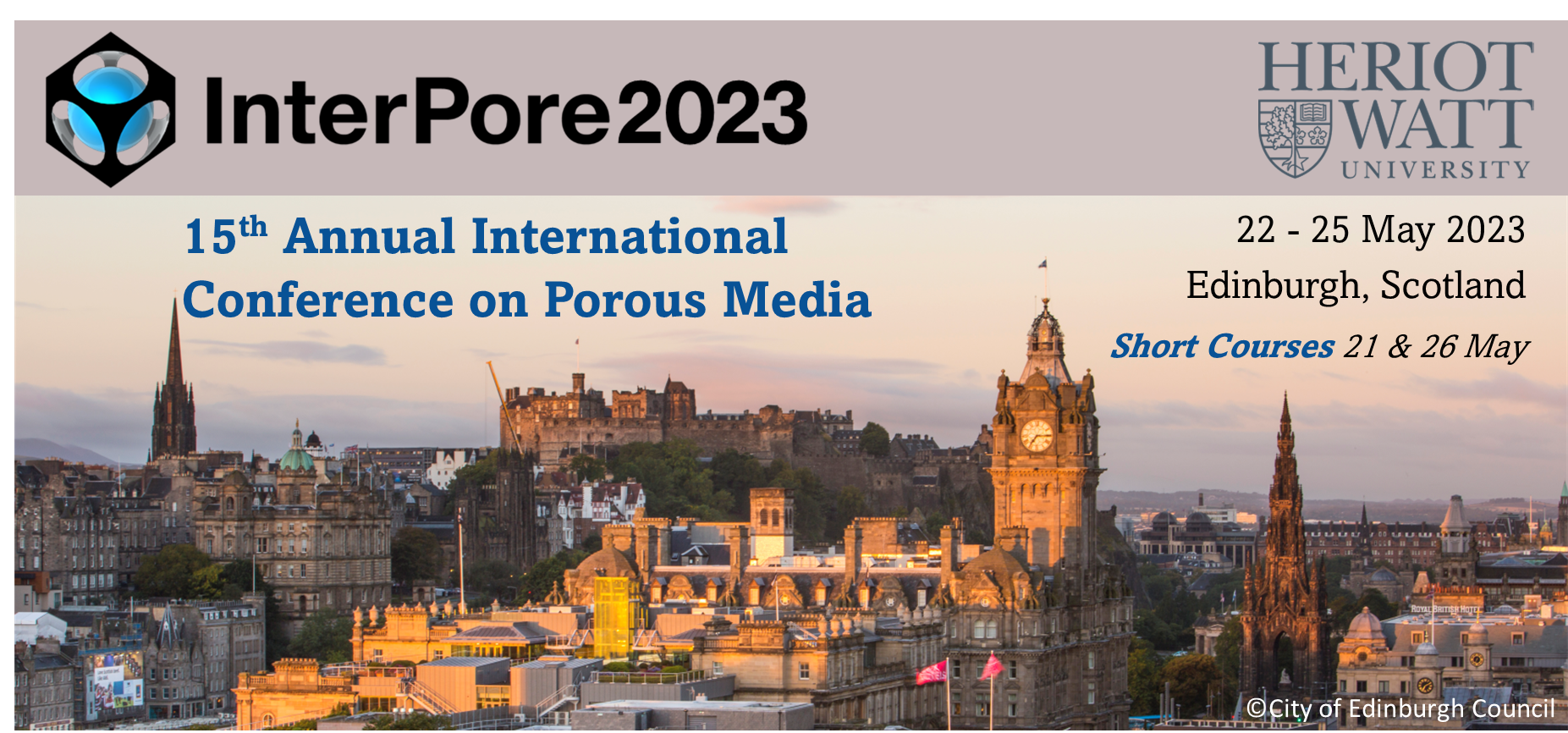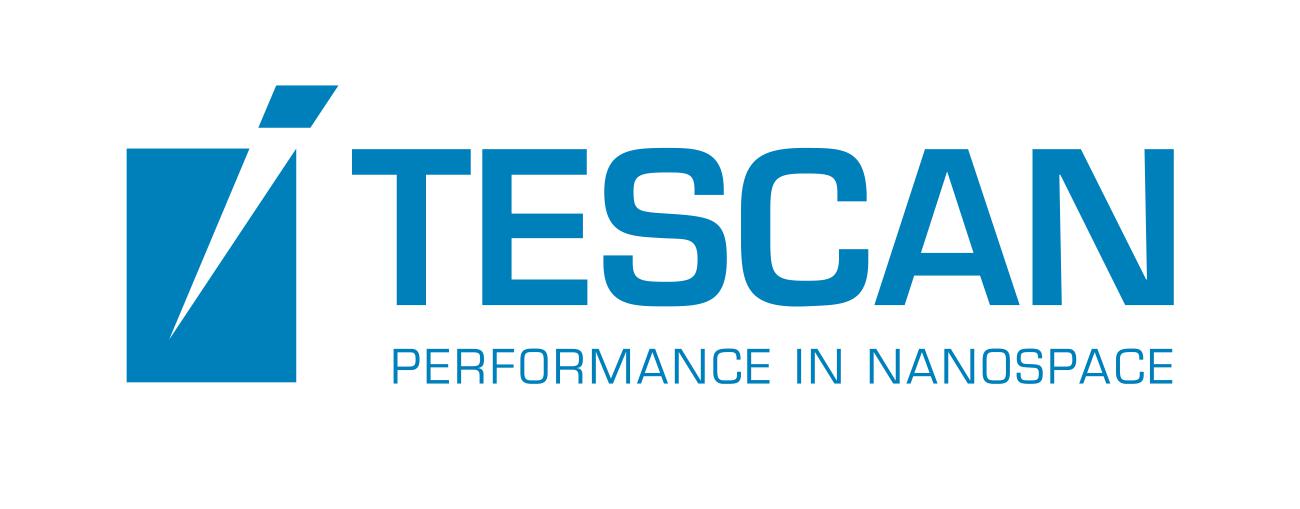Speaker
Description
Accurate prediction of solid mineral dissolution during reactive flow in porous media is vital for a wide range of subsurface applications (e.g., CO2 sequestration [1] and geothermal systems [2]). Detailed numerical modelling of mineral dissolution at the pore-scale is generally expensive [3] and that limits our ability to perform comprehensive uncertainty quantification studies to explore the various sources of uncertainties and its impact on the dissolution process.
In this work, we develop efficient deep learning emulators for geochemical reactions. We build on an earlier work on reduced order modelling (ROM) using Deep residual recurrent neural network [4] to develop highly predictive ROM using limited training data. We utilize a U-net architecture to perform approximate explicit time stepping for the dynamical system. The input features for the deep learning model are the discrete components of the physical residual which are known to correlate well with the solution updates over the training samples as well as the unseen validation dataset. This correlation is governed by the physical equations controlling the evolution of the system. The second component of the DL emulator is a hierarchical architecture of neural networks, where a stack of U-Nets is used at every timestep to mimic fixed point iterations in numerical schemes. In order to stabilize the training, the algorithm starts with a single step update, after which, the first level U-Nets are frozen, and the next level U-Net is trained and so on.
The developed algorithm is demonstrated on a dataset with different Peclet and Kinetic numbers. The pore-scale dissolution training and validation datasets are generated using detailed numerical simulations using the improved Volume-of-Solid method in GeoChemFoam [3] and are available as an open access repository for a range of dissolution regimes [5].
References
[1] J.R. Black, S.A. Carroll, R.R. Haese, Chemical Geology 399, 134 (2015)
[2] S.N. Pandey, A. Chaudhuri, H. Rajaram, S. Kelkar, Geothermics 57, 111 (2015)
[3] J. Maes, Soulaine, C., H.P. Menke, Frontiers in Earth Science (2022)
[4] N.J. Kani, A.H. Elsheikkh, arXiv preprint:1709.00939, (2017)
[5] Menke, H.P., Maes, J., Geiger, S., arXiv preprint: 2211.03356 (2022)
| Participation | In-Person |
|---|---|
| Country | United Kingdom |
| Energy Transition Focused Abstracts | This abstract is related to Energy Transition |
| MDPI Energies Student Poster Award | No, do not submit my presenation for the student posters award. |
| Acceptance of the Terms & Conditions | Click here to agree |







